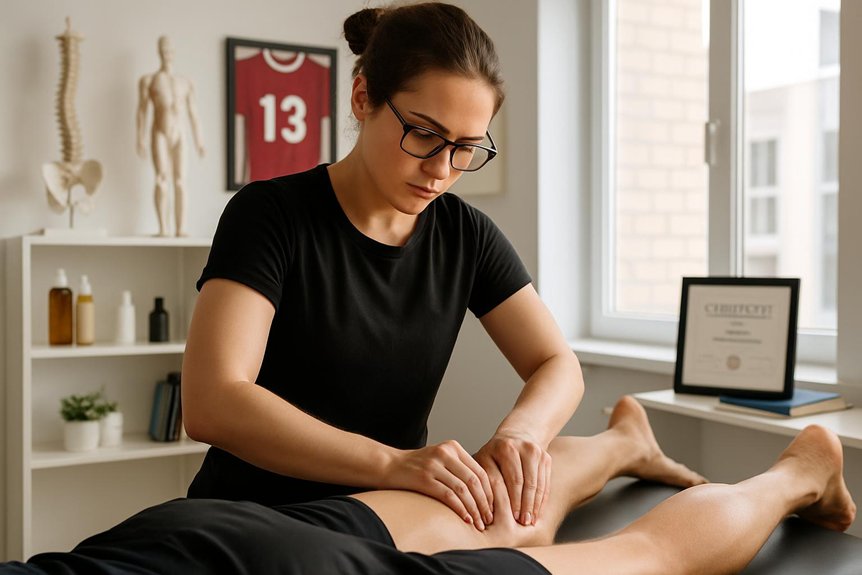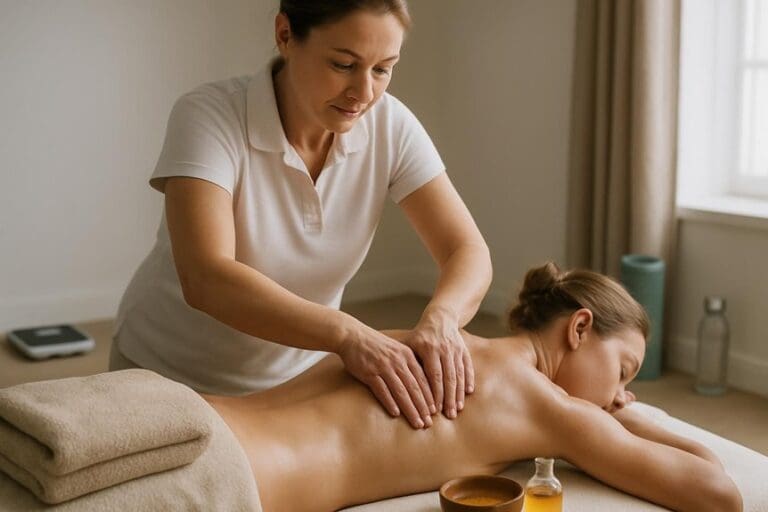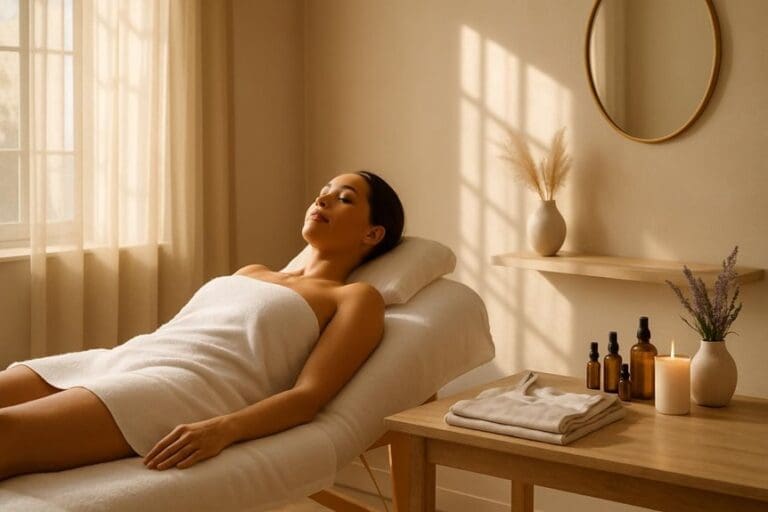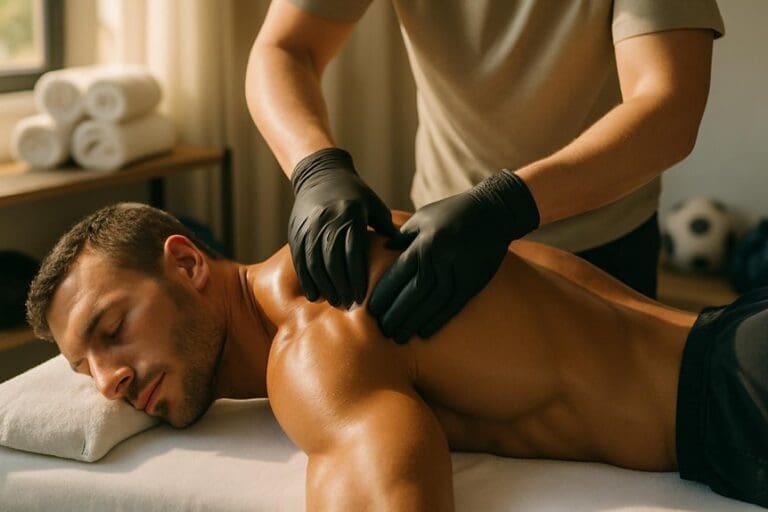Becoming a therapist requires completing accredited training with a focus on anatomy, physiology, and sports-specific techniques, usually up to a Level 3 or higher diploma. Candidates must gain hands-on experience through supervised clinical practice, master advanced manual skills, and develop strong communication abilities. Professional certification and ongoing development through industry memberships are essential for career progression and credibility. Exploring further guidance provides insight into building expertise, ethical practice, and career advancement in the sports massage field.
Understanding the Role of a Therapist
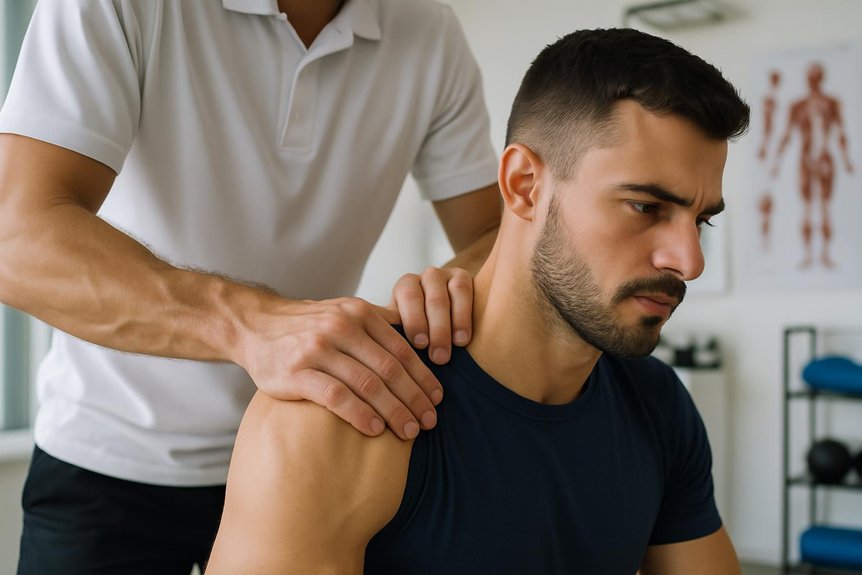
What distinguishes the role of a athletic massage therapist is the specialised focus on preventing and addressing musculoskeletal issues related to physical activity. At Spa & Massage, therapists apply advanced techniques to target specific muscle groups, reduce tension, and promote ideal recovery.
Their interventions are tailored for athletes and active individuals, supporting both injury prevention and performance enhancement. The therapist’s responsibilities extend to evaluating soft tissue condition, identifying areas of dysfunction, and implementing appropriate massage protocols. It offers significant benefits for athletes, such as improved recovery times, reduced muscle soreness, and enhanced flexibility.
Essential Qualifications and Training
A foundational step toward becoming a athletic massage therapist involves obtaining recognised qualifications in massage therapy, with an emphasis on anatomy, physiology, and sports-specific techniques.
At Spa & Massage, therapists complete accredited training programmes that guarantee a deep understanding of the musculoskeletal system and the unique needs of active individuals. These courses typically include both theoretical and hands-on modules, covering contraindications, assessment skills, and the safe application of specialised techniques.
Candidates are encouraged to pursue qualifications that meet national standards, such as Level 3 or higher diplomas in massage therapy.
Mastery of these essentials forms the basis for delivering effective, client-centred care.
Ongoing professional development is also crucial, reflecting Spa & Massage’s commitment to best practices and up-to-date knowledge, which sustains trust and excellence in every client interaction.
Gaining Practical Experience
Gaining practical experience is essential for aspiring athletic massage therapists to develop hands-on skills and clinical confidence.
At Spa & Massage, new practitioners benefit from shadowing experienced therapists and participating in supervised clinical practice, ensuring a thorough understanding of professional standards.
These opportunities enable trainees to apply theoretical knowledge in real-world scenarios while receiving constructive feedback.
Shadowing Experienced Therapists
How does one bridge the gap between theoretical knowledge and hands-on competence in athletic massage therapy? Shadowing experienced therapists is a critical step.
Within Spa & Massage clinics, aspiring practitioners observe skilled professionals as they assess clients, select appropriate techniques, and adapt treatments in real time. This immersive exposure reveals the subtle art of interpreting client feedback, adjusting pressure, and maintaining client comfort—all essential for effective massage session.
Observers note the therapists’ approach to communication, professional boundaries, and clinical hygiene standards.
By witnessing real therapeutic interactions, one internalizes not only technical skills but also the empathetic, client-focused ethos that defines Spa & Massage’s philosophy.
Shadowing provides invaluable insight, nurturing the nuanced confidence required to progress from theory to truly competent, compassionate practice.
Supervised Clinical Practice
Supervised clinical practice serves as the foundation for transforming theoretical understanding into reliable, hands-on proficiency in athletic massage therapy.
At Spa & Massage, trainees are guided through practical sessions with real clients, always under the attentive supervision of seasoned therapists. This immersive experience allows aspiring professionals to refine their technique, develop clinical judgement, and receive immediate, constructive feedback.
Mastery of skills such as muscle assessment, pressure application, and client communication is cultivated in a supportive, yet exacting environment.
Supervised practice also instills confidence and fosters a commitment to professional standards, safety, and client care.
Developing Key Skills and Techniques
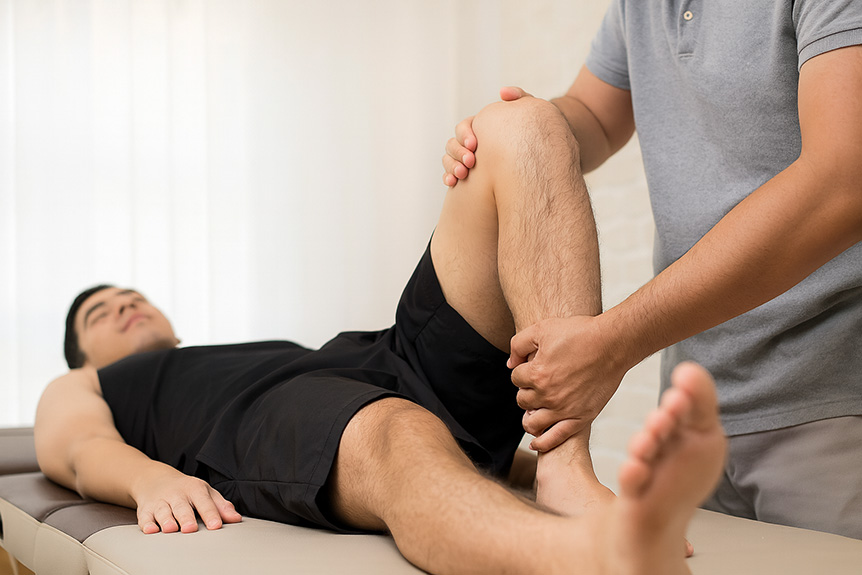
While theoretical knowledge forms the foundation of athletic massage therapy, practical skill development is essential for effective client care. Aspiring therapists must master key manual techniques such as effleurage, petrissage, friction, and tapotement—each targeting specific muscular responses.
In Spa & Massage clinics, therapists refine their palpation skills to accurately assess tissue tension and adapt their pressure to each client’s body. Understanding biomechanics, postural imbalances, and injury patterns enables therapists to deliver precise, targeted interventions.
Communication skills are equally critical; therapists must listen attentively, respond with empathy, and explain treatment plans clearly.
Consistent feedback from experienced colleagues and real-world practice, as embraced at Spa & Massage, fosters technical proficiency and confidence—ensuring every client receives care tailored to their unique needs and therapeutic goals.
Certification and Professional Memberships
Obtaining formal certification is a fundamental step for anyone pursuing a career as a athletic massage therapist.
Recognised qualification pathways guarantee therapists possess the required knowledge and practical skills for professional practice.
Additionally, membership in reputable industry associations supports ongoing development and credibility within the field.
Essential Qualification Pathways
A structured approach to certification and professional membership forms the foundation for a successful career as a athletic massage therapist. Prospective therapists begin by completing accredited training programmes, often at diploma or advanced certificate level, which provide thorough knowledge of anatomy, physiology, and specialist athletic massage techniques.
At Spa & Massage, therapists are expected to demonstrate both practical proficiency and theoretical understanding, fostering client trust and safety during treatment.
Upon qualification, candidates pursue recognised certification to validate their expertise, ensuring alignment with industry standards.
Maintaining professional membership further enhances credibility, granting access to ongoing education and peer support.
This structured pathway not only elevates the therapist’s profile but also reassures clients seeking tailored care, as offered in our clinics, that they are in highly qualified hands.
Recognised Industry Associations
Beyond formal qualifications, affiliation with recognised industry associations serves as a key benchmark for athletic massage therapists seeking to establish professional credibility. Membership in reputable bodies demonstrates a commitment to high standards, ongoing professional development, and ethical practice—qualities valued at Spa & Massage.
Such associations often require evidence of accredited training, insurance, and adherence to strict codes of conduct. For therapists, these memberships provide access to resources, networking opportunities, and the latest industry guidance, all contributing to superior client care.
At Spa & Massage, clients benefit from therapists who maintain active professional memberships, ensuring that best practices and advanced techniques are consistently applied. This commitment reassures clients of both safety and expertise, fostering trust and lasting therapeutic relationships within the clinic environment.
Building Your Career in Athletic Massage
What steps are essential for advancing as a athletic massage therapist? Consistent professional development is fundamental. Therapists should pursue advanced certifications and attend workshops to refine their skills and stay informed about industry developments.
Gaining experience in diverse settings—such as sports clubs, rehabilitation clinics, or wellness centers—broadens expertise and client understanding. At Spa & Massage, therapists are encouraged to seek mentorship from senior practitioners and participate in regular in-house training.
Building a loyal client base also requires effective communication, reliability, and a client-focused approach. Establishing strong relationships, maintaining meticulous records, and soliciting feedback all contribute to professional growth.
Commitment to self-care and ethical practice guarantees sustained performance and trust. By embracing these steps, therapists can confidently progress and thrive in the field of athletic massage.
Conclusion
The theory that athletic massage therapy transforms both practitioner and client stands up to scrutiny. As demonstrated, becoming a athletic massage therapist requires technical knowledge, hands-on experience, and dedication to professional growth. This pathway not only enhances physical well-being for clients but also offers therapists a meaningful, impactful career. For those passionate about facilitating performance and recovery, the journey is demanding yet profoundly rewarding—proving that expertise and compassion can change lives, one session at a time.
